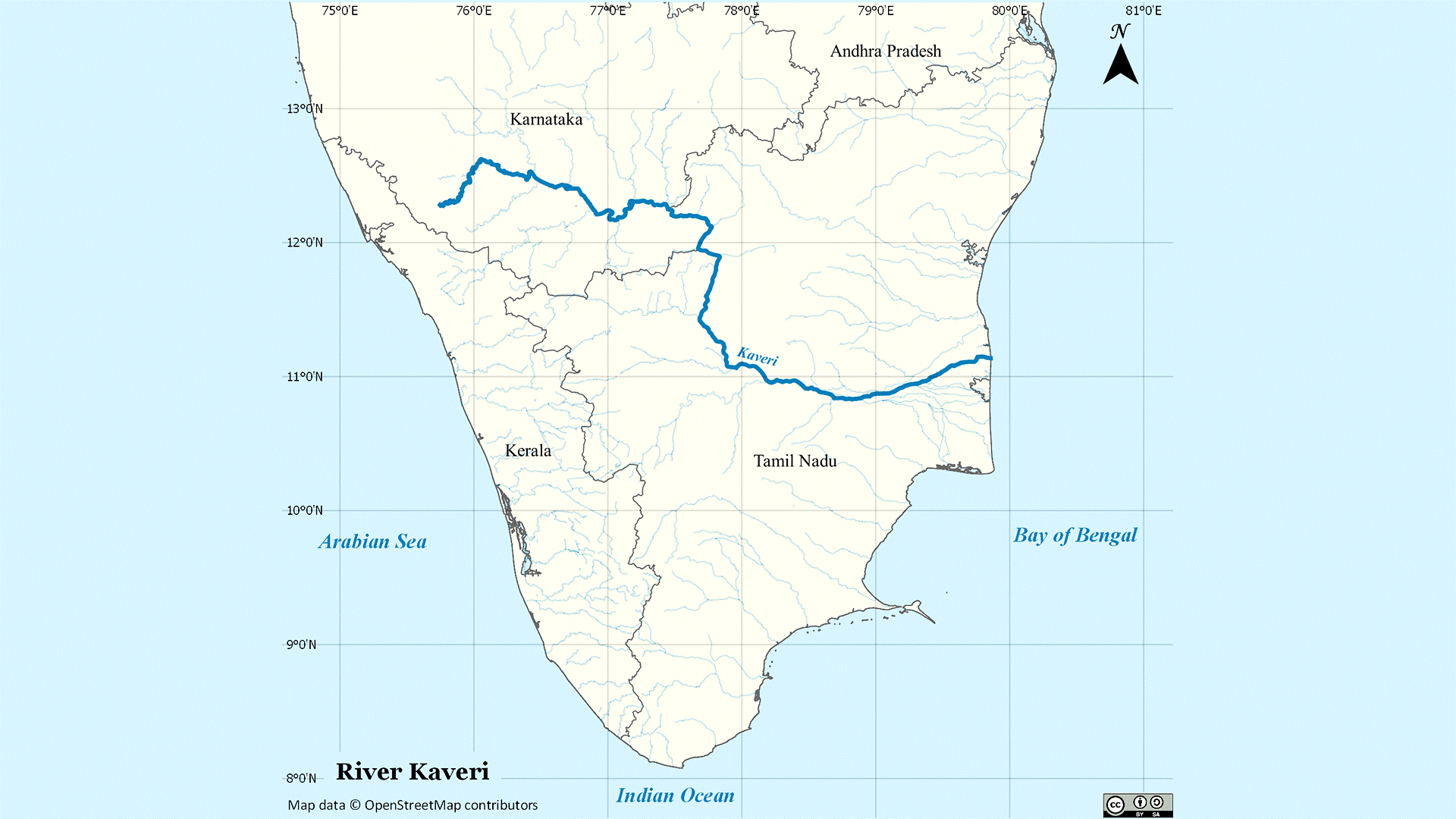Free Courses Sale ends Soon, Get It Now


Free Courses Sale ends Soon, Get It Now



Disclaimer: Copyright infringement not intended.
Context
Details
Cauvery River
The tributaries of the Kaveri include:
Cauvery Water Dispute
About
History of Dispute
The establishment of the Cauvery Water Disputes Tribunal and its final decision
The following development
Water sharing procedure
The reason behind Tamil Nadu's approach towards the Supreme Court
Cauvery Water Regulation Committee (CWRC)
|
PRACTICE QUESTION Constitutional mechanisms for resolving interstate water disputes have been ineffective in addressing and resolving the issues. Is the failure the result of structural or process flaws, or both? Discuss. |
https://jalshakti-dowr.gov.in/cauvery-water-management-authority/
© 2024 iasgyan. All right reserved